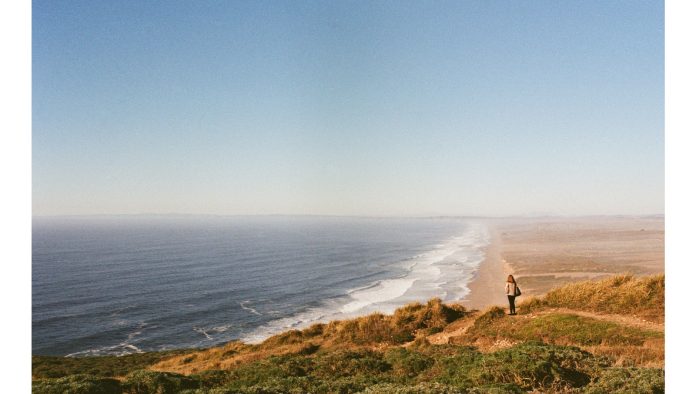Over the last few weeks I’ve been testing out the newly released Kodacolor 200, shooting over the course of a long-needed road trip along the Pacific Northwest coastline, as well as in New York and during several news events.
I had originally planned to shoot entirely on Double X, but I quickly realized that the PNW was meant to be captured in color. I had a few rolls of expired Gold on me, but ultimately decided to get something new and picked up a handful of rolls of the new stock. For the majority of my shots, I used a Hasselblad XPan and a Nikon FA.
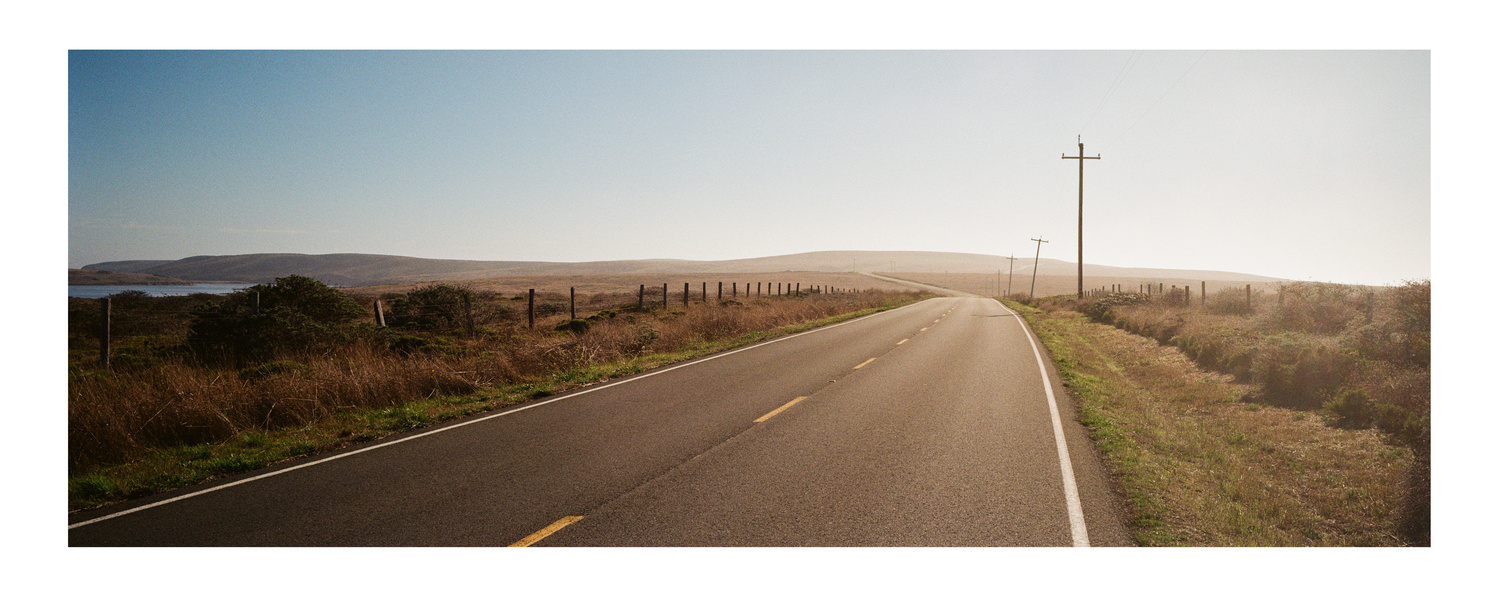
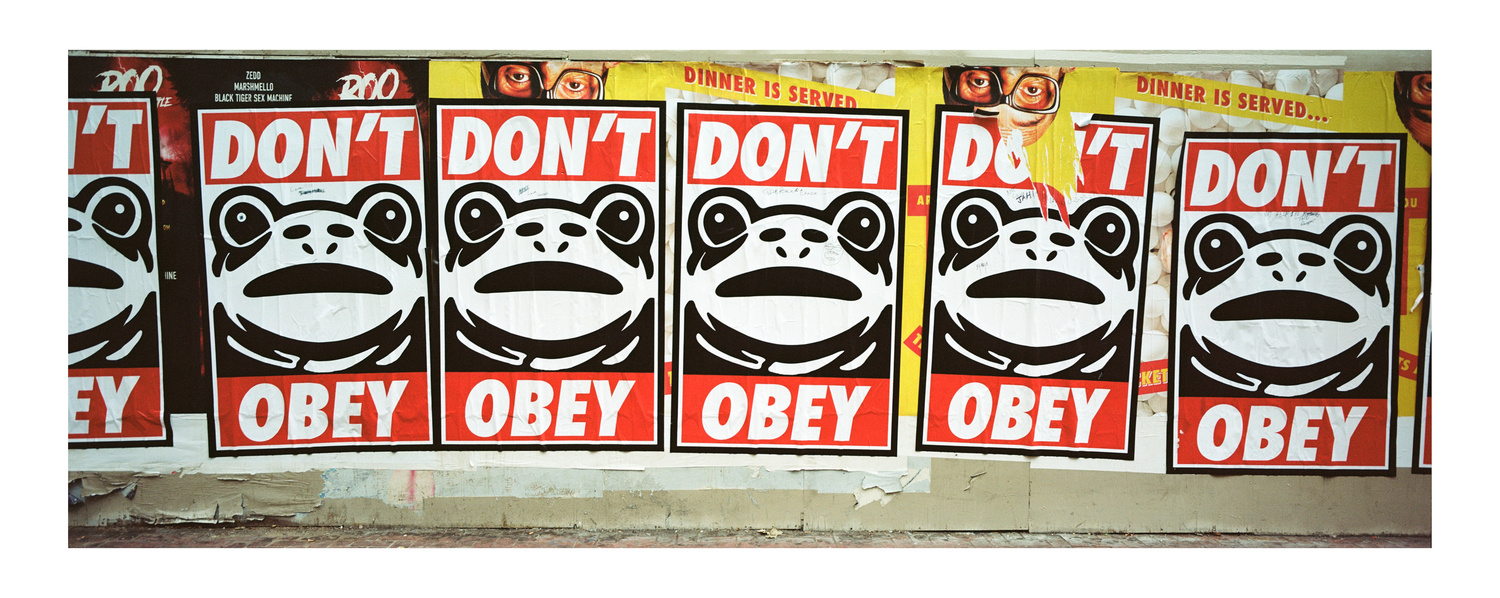
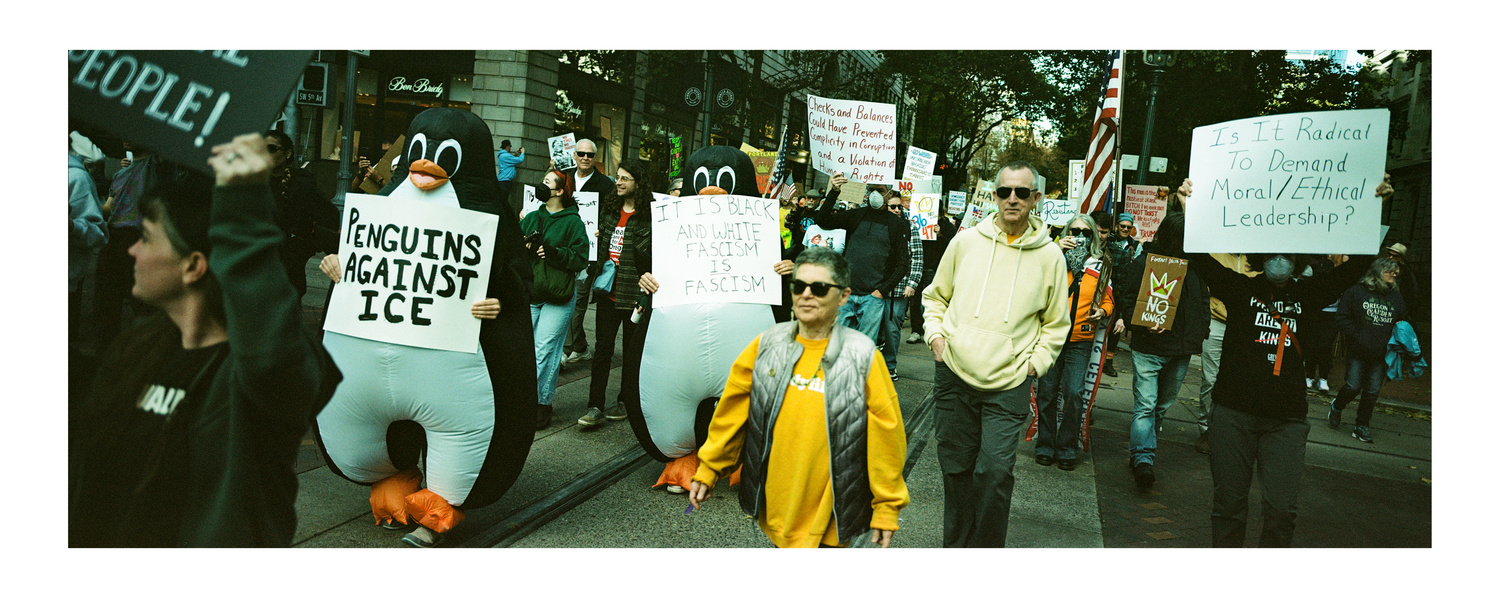
After getting the rolls processed, I was very surprised at how much I loved it. The color was right on, and in the case of our hike through the redwoods the film did a fantastic job of capturing both the light and the deep greens of the forest.
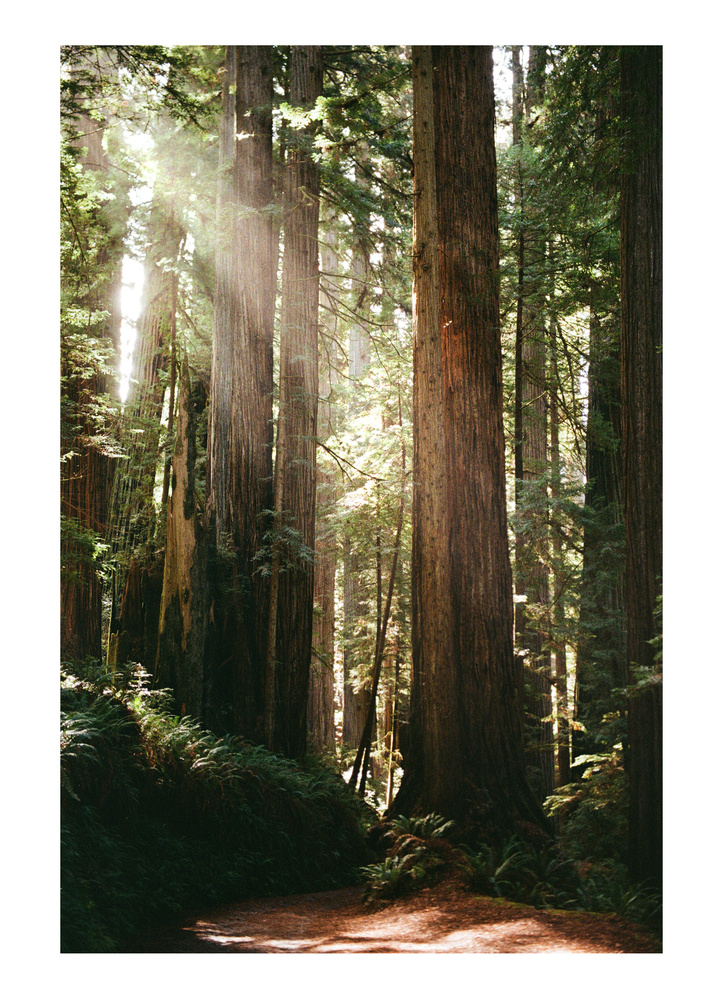
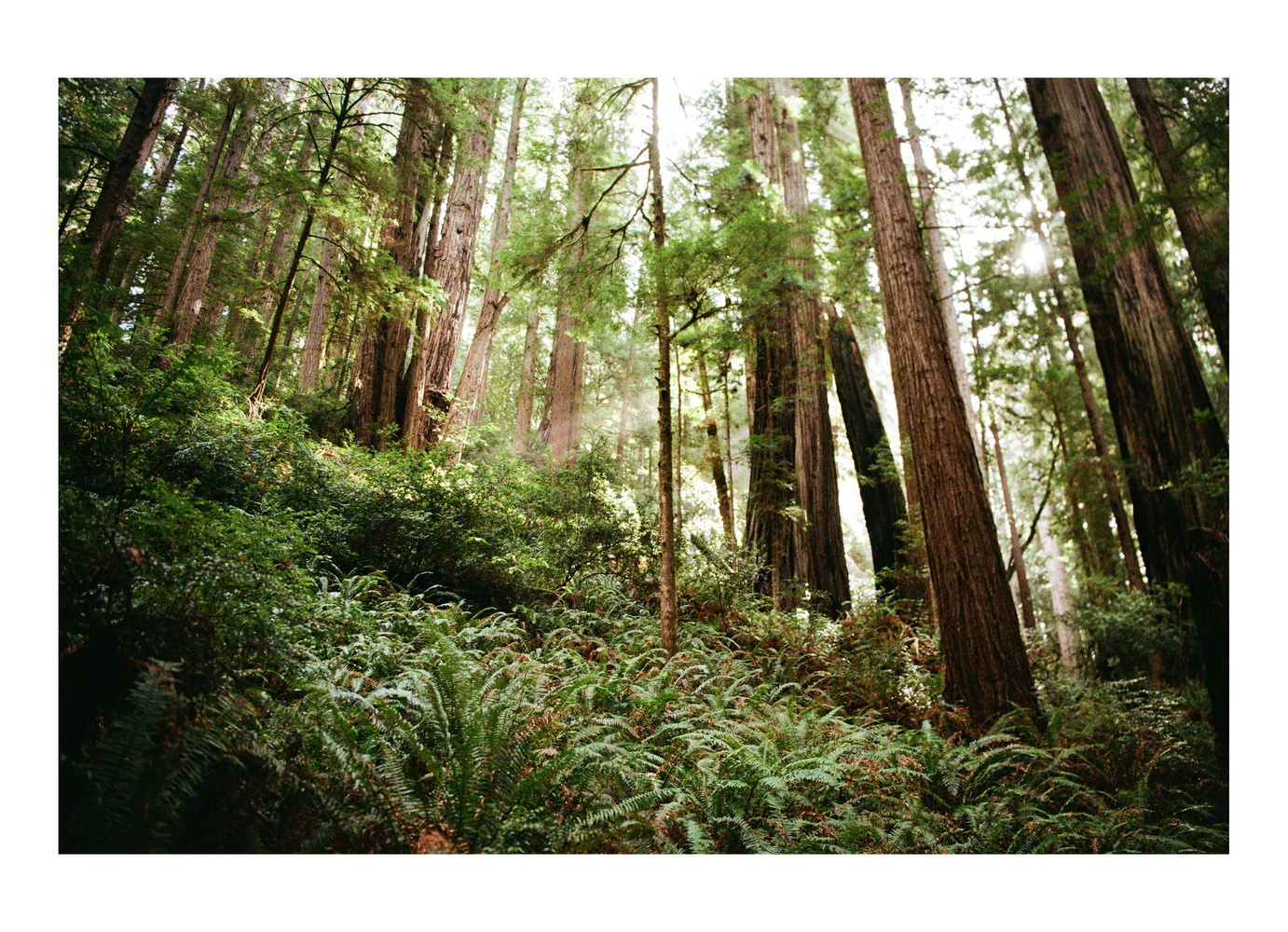
There’s been some debate as to whether or not this represents a new film or if it’s simply another rebadged version of another stock—but it didn’t dawn on me until later why it still represents an important move on Kodak’s part.
Kodak continues to manufacture several professional and consumer film stocks, including Ektar 100, Gold 200, Portra 400, and Tri-X 400. The introduction of Kodacolor 100 and 200, however, marks a significant development—not only because they are new film stocks, but because they represent a shift in how Kodak manages its film business.
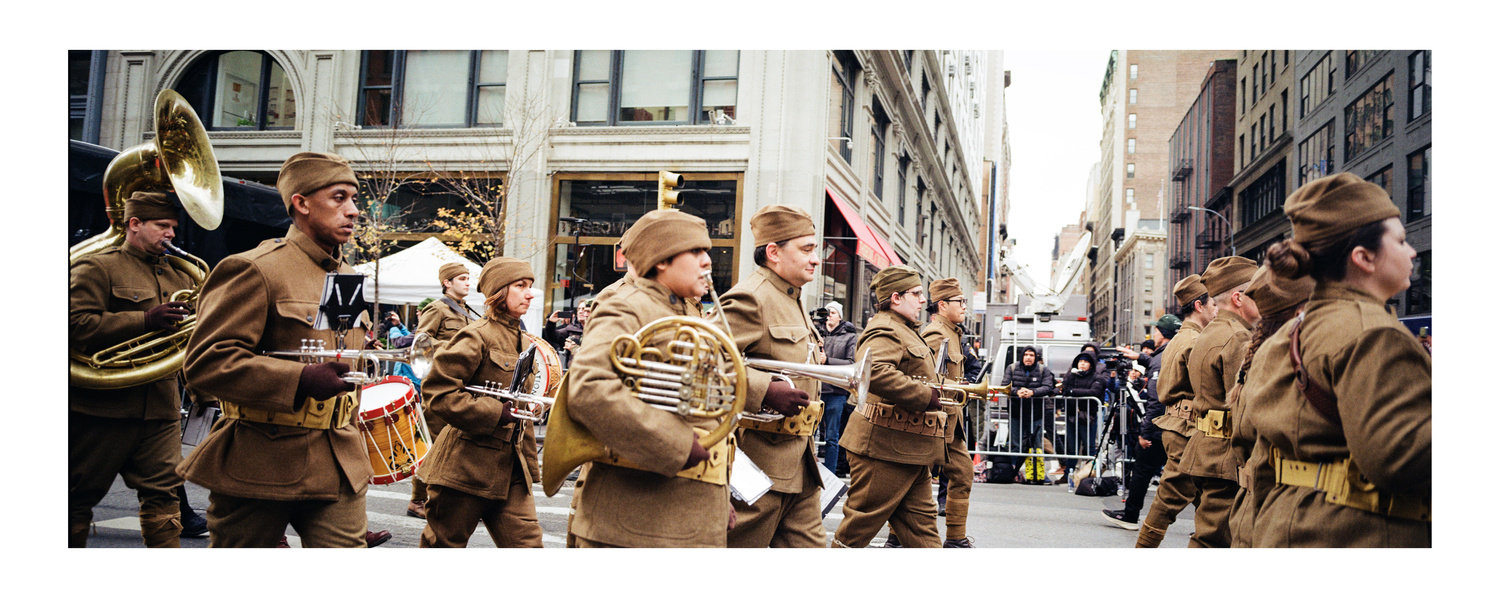
Unlike most of Kodak’s current film lineup, which is distributed through Kodak Alaris, the new Kodacolor films fall directly under Eastman Kodak’s control. For the first time in more than a decade, Kodak is selling film directly to distributors, signaling the company’s renewed involvement in the commercial side of its photography products. The move comes amid a continuing resurgence in analog photography and growing concerns over film availability and affordability. By taking back control of sales and distribution, Kodak is positioning itself to better manage supply chains, respond to market demand, and reinforce its presence in an increasingly competitive field.
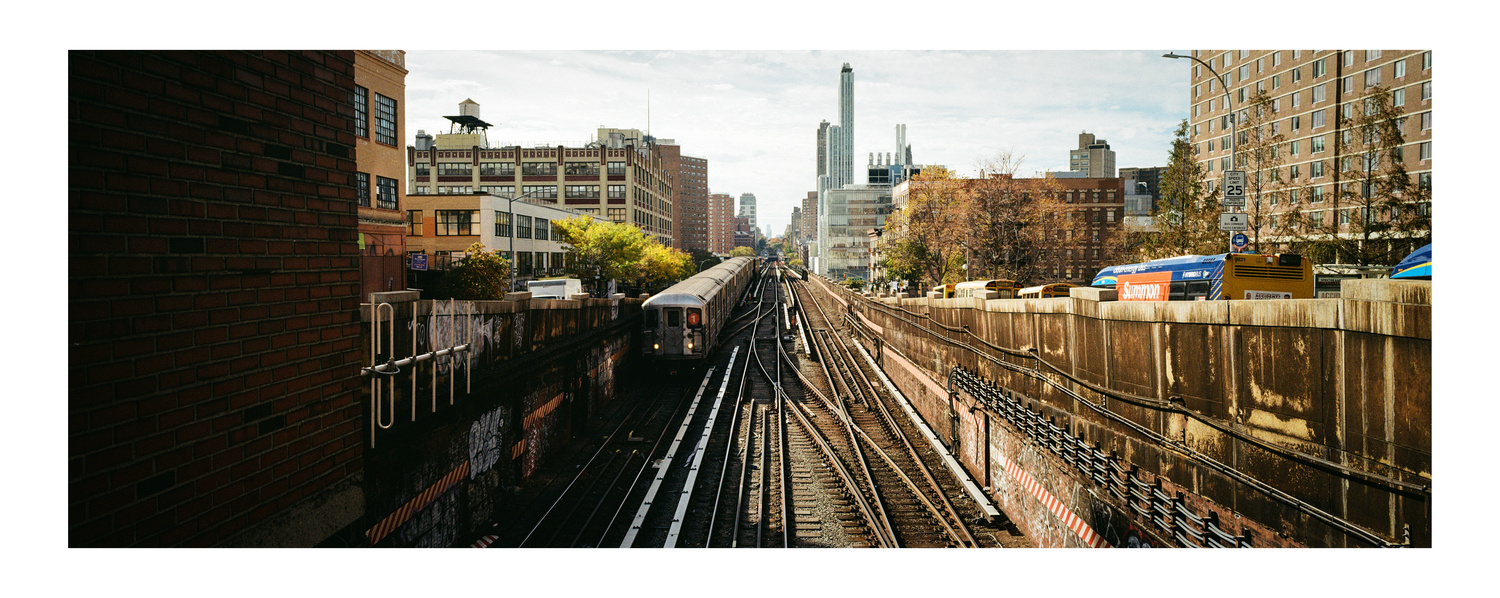
While the company has not detailed further plans, the launch of Kodacolor 100 and 200 represents a reinvestment in film manufacturing and distribution. As a film hoarder, I have high hopes that this might mean the average person can once again buy large bulk orders of cinema film. I’ve still got nearly a thousand feet of Double-X sitting in my fridge now, but at the rate I shoot, this won’t last forever. If Kodak were to offer Kodacolor in 100’ cans, I would be a happy, happy man.

Kodacolor has some great things going for it. First… well, it’s cheap. Or more accurately, it’s affordable. On top of that, it performs very well—it has a pleasant grain structure that isn’t overpowering like Gold can be in certain conditions. It’s very forgiving, as well—during the Veterans Day parade I realized I was overexposing by two stops, but it still gave me some reliable and wonderful exposures.
Overall, I can recommend using it. Whether it’s a rebrand of another stock or something new means very little to me; ultimately, the only metric that matters is final exposure.



